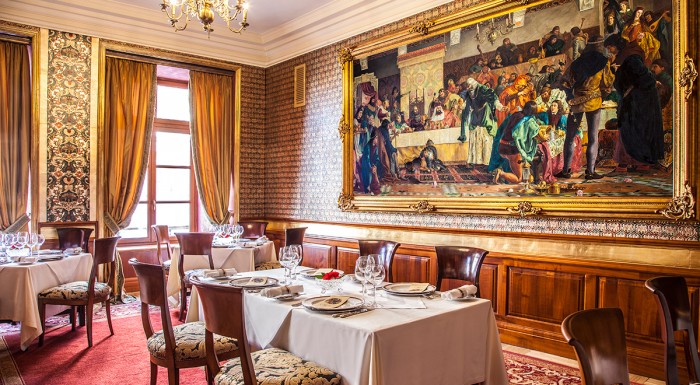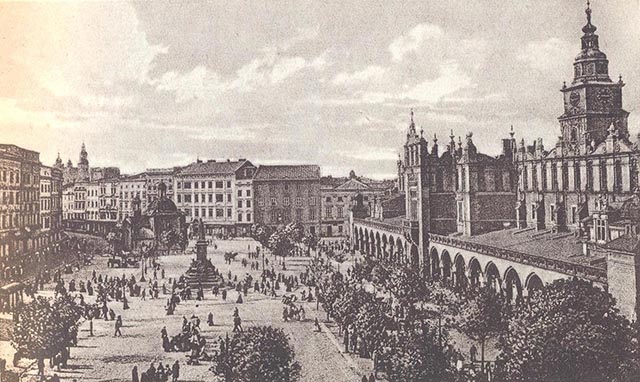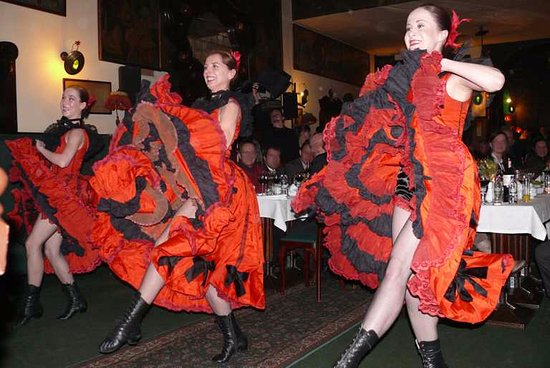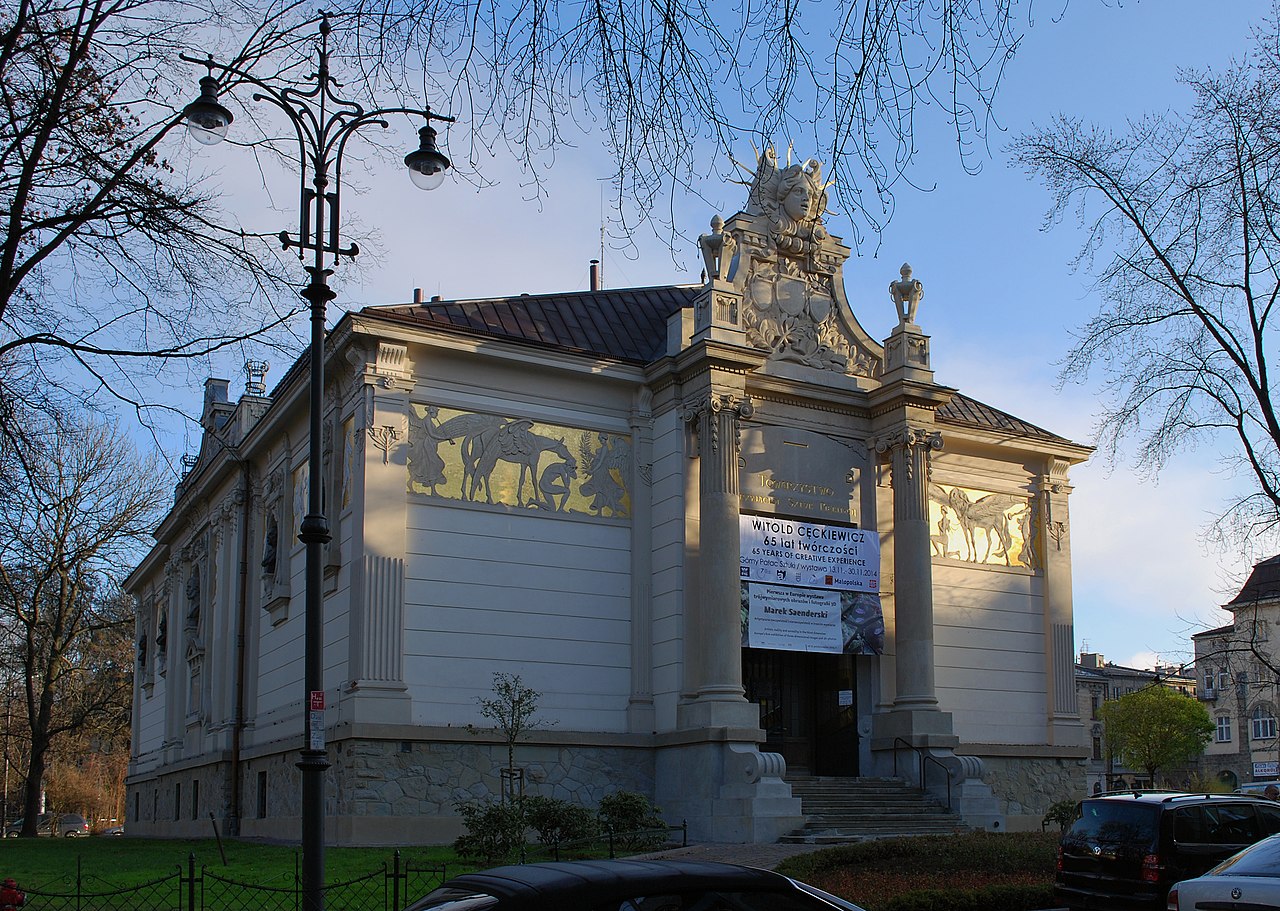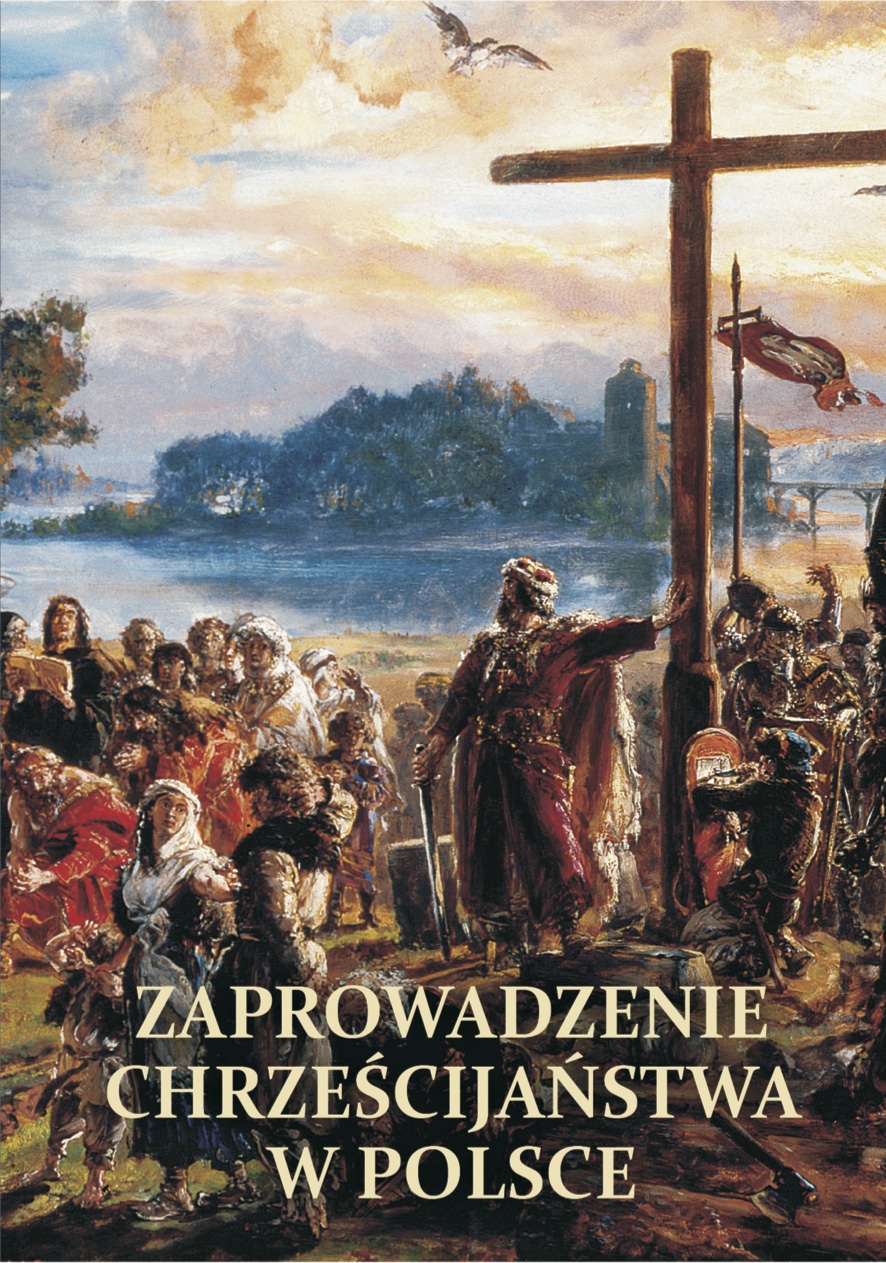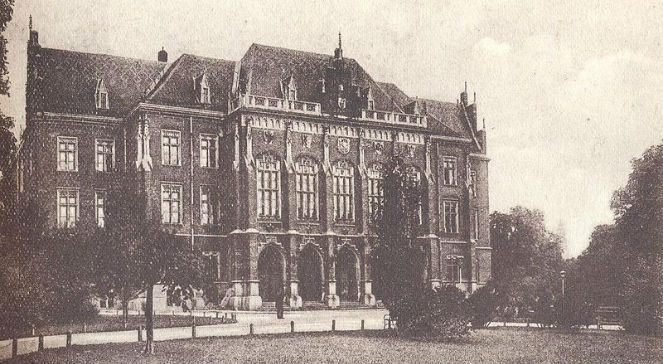 Zwiedzanie zabytków, bieganie z wystawy na wystawę, spacerowanie urokliwymi, ale bądź co bądź zatłoczonymi ulicami Starego Miasta, przesiadywanie w gwarnych kawiarniach to niewątpliwe atrakcje. Po pewnym czasie można jednak odczuć pewien przesyt. Dotyczy to zwłaszcza tych, którzy zdecydowali się na dłuższy pobyt w Krakowie. Tych więc, którzy chcieliby odpocząć lub spędzić czas bardziej aktywnie, nie rezygnując ze swych sportowych przyzwyczajeń, powinny zainteresować poniższe informacje. Wśród nich nie zabraknie też kilku propozycji dla najmłodszych.
Zwiedzanie zabytków, bieganie z wystawy na wystawę, spacerowanie urokliwymi, ale bądź co bądź zatłoczonymi ulicami Starego Miasta, przesiadywanie w gwarnych kawiarniach to niewątpliwe atrakcje. Po pewnym czasie można jednak odczuć pewien przesyt. Dotyczy to zwłaszcza tych, którzy zdecydowali się na dłuższy pobyt w Krakowie. Tych więc, którzy chcieliby odpocząć lub spędzić czas bardziej aktywnie, nie rezygnując ze swych sportowych przyzwyczajeń, powinny zainteresować poniższe informacje. Wśród nich nie zabraknie też kilku propozycji dla najmłodszych.
Parki i ogrody Krakowa.
Błonia
Błonia to obszar zielonej łąki o powierzchni blisko 50 hektarów. Jest to rzecz dość osobliwa, jeśli wziąć pod uwagę fakt, że znajduje się ona niemal w samym centrum miasta. Odbywają się tu głównie koncerty młodzieżowe oraz imprezy sportowe.
W przeszłości Błonia były świadkiem wielu historycznych wydarzeń. Tu np. odbyła się parada wojsk Księstwa Warszawskiego w 1809 r„ tu w 1894 r. rozegrano pierwszy mecz futbolowy, stąd w roku 1910 po raz pierwszy startował samolot. Tu odbywały się też uroczyste obchody np. 500-lecia bitwy pod Grunwaldem, czy 250-lecia odsieczy wiedeńskiej. Na Błoniach, podczas swoich pielgrzymek do ojczyzny, odprawiał msze papież Jan Paweł II.
Dojazd: tramwaje #15, 18 i autobusy #105,114, 119, 164, 175 do hotelu Cracovia.
Park im. Henryka Jordana
Pomysłodawcą parku, który miał służyć rekreacji dzieci i młodzieży, był prof. H. Jordan. Ogród otwarto pod koniec XIX w„ wyposażając go w boiska, przyrządy gimnastyczne i place do gier sportowych. W parku znajduje się też galeria popiersi wybitnych artystów, uczonych i bohaterów narodowych oraz pomnik założyciela. Dziś Park Jordanowski to jedno z ulubionych miejsc spacerów, zabaw, a także spotkań studentów.
Dojazd: tramwaje #15, 18 do al. 5 Maja.
Park Krakowski
Założony w 1885 r. park miał być kopią wiedeńskich ogrodów miejskich z restauracją, kawiarnią, teatrem letnim, miejscem dla orkiestry. Zamysł zrealizowano z pełnym sukcesem. Był tu nawet staw z łódkami, poza tym pływalnia i arena kolarska. U schyłku XIX w. w parku, chętnie odwiedzanym przez mieszczaństwo, kwitło bujne życie towarzyskie. Dziś, na podstawie znikomych śladów można sobie zaledwie wyobrazić dawną świetność tego miejsca.
Dojazd: autobusy #100, 114, 159, 159, 164, 179, 208, róg Mickiewicza i Czarnowiejskiej
Park im. Wojciecha Bednarskiego
Niewielki park w dzielnicy Podgórze. Uroku dodają mu pobliskie złoża wapiennych skał, zwane popularnie „Krzemionkami”. W jednej z nich, wg legendy, znajdować się miała alchemiczna szkoła mistrza Jana Twardowskiego. Z „Krzemionek” rozciąga się piękny widok na Kraków. Tu znajduje się też studio Telewizji Kraków. Całkiem niedaleko znajduje się kopiec Kraka. Nie zaleca się spacerować w parku po zmroku. Dojazd: tramwaje #6, 8, 10, 11, 24 do przystanku .Korona’.
Park Kultury i Wypoczynku AWF
Rozległy park przy alei Jana Pawła II, urządzony na ciekawie ukształtowanym terenie.
Park Decjusza
Obiekt ten jest częścią byłej letniej rezydencji Justa Decjusza, sekretarza króla Zygmunta Starego. Odrestaurowany dziś pałac Decjusza to jeden z najcenniejszych zabytków renesansowych. Park pięknie wkomponowywał się w krajobraz Przegorzał, niestety, został zniszczony podczas I wojny światowej. Dziś jest parkiem publicznym.
Dojazd: autobusy #102, 152, B, D do Woli Justowskiej.
Ogród Botaniczny
Początkowo ogród botaniczny znajdował się przy Collegium Maius UJ. Dopiero pod koniec XVIII w., z inicjatywy członków Komisji Edukacji Narodowej, zaczęto tworzyć dzisiejszy kompleks, budując m.in. szklarnie i obserwatoria przyrodnicze i astronomiczne.
W ogrodzie oprócz roślinności rodzimej, w palmiarniach i oranżeriach można podziwiać florę egzotyczną. Na uwagę zasługuje również rosnący tu ponad pięćsetletni dąb „Jagielloński”.
Dojazd: tramwaje i autobusy do Ronda Mogilskiego.
Ogród Strzelecki
Jego powstanie wiąże się z reaktywowaniem się Bractwa Kurkowego. Tutaj znajdowała się kiedyś historyczna strzelnica bractwa Celestat, tutaj także wybierano tzw. króla kurkowego. Z czasem ogród zaczął się kurczyć, ustępując miejsca kamienicom, pałacykom i innym budynkom. Do dziś zachowała się tylko niewielka część.
Dojazd: tramwaje #2,4,5,10,12,15,40 do ul. Lubicz
Las wolski
Las o powierzchni ok. 400 hektarów, bardzo piękny, z licznymi polanami, poprzecinany dróżkami i ścieżkami. W przeszłości słynął z głośnych majówek, jakie urządzała tu młodzież już ok. pierwszej poł. XIX w. I dzisiaj, raz do roku lasek ożywia się. Ma to miejsce w dzień Zielonych Świąt, gdy na Bielanach odbywa się huczny odpust.
W założonym tu rezerwacie można oglądać stare dęby i jurajskie skałki. Ponadto w Lesie Wolskim znajduje się ogród zoologiczny. W pobliżu ZOO wznosi się kopiec Józefa Piłsudskiego (34 m n.p.m.). Sypano go w latach 1934-1937 z ziemi zwożonej ze wszystkich pól bitewnych i miejsc związanych z walkami o niepodległość. Niestety, po drugiej wojnie światowej rozpoczęło się celowe dewastowanie kopca. Zalesiono zbocza, powodując jego niszczenie od środka, ściągnięto legionowy krzyż. Sytuacja poprawiła się dopiero w latach 80., kiedy to powołano specjalny Komitet Opieki nad Kopcem Piłsudskiego.
Bielany
Bielany to południowo-zachodnia część Lasku Wolskiego. Na Srebrnej Córze, z której rozciąga się piękny widok na Wisłę i na opactwo tynieckie, znajduje się klasztor oo. Kamedułów. Zabytkowy kościół można zwiedzać tylko w niedzielę przed południem, przy czym kobiety mają tam wstęp tylko dwanaście razy w roku, podczas najważniejszych świąt kościelnych. W przyklasztornym ogrodzie stoją rzędem małe domki-pustelnie, w których mieszkają zakonnicy. Reguła kamedulska jest bardzo surowa, m.in. nakazuje zakonnikom milczenie. Obyczaje tego zgromadzenia można poznać, zwiedzając małe muzeum w zabudowaniach klasztornych. W Zielone Święta na Bielanach odbywa się wielki odpust.
Panieńskie Skały
Dużą część lasu zajmują tzw. Panieńskie Skały. Zgodnie ze starą legendą tu właśnie ukrywały się przed wojskami tatarskimi siostry zakonne Panny Norbertanki (stąd nazwa rezerwatu). Gdy jednak Tatarzy byli już blisko, siostry błagały Madonnę o pomoc. I oto skały rozstąpiły się i ukryły zakonnice w swoich wnętrzach. Wokół tej legendy narosły inne opowieści, jak choćby ta, że czasem słychać tutaj śpiewające siostry.
Las Wolski to znakomite miejsce spacerowe z ciekawymi widokami.
